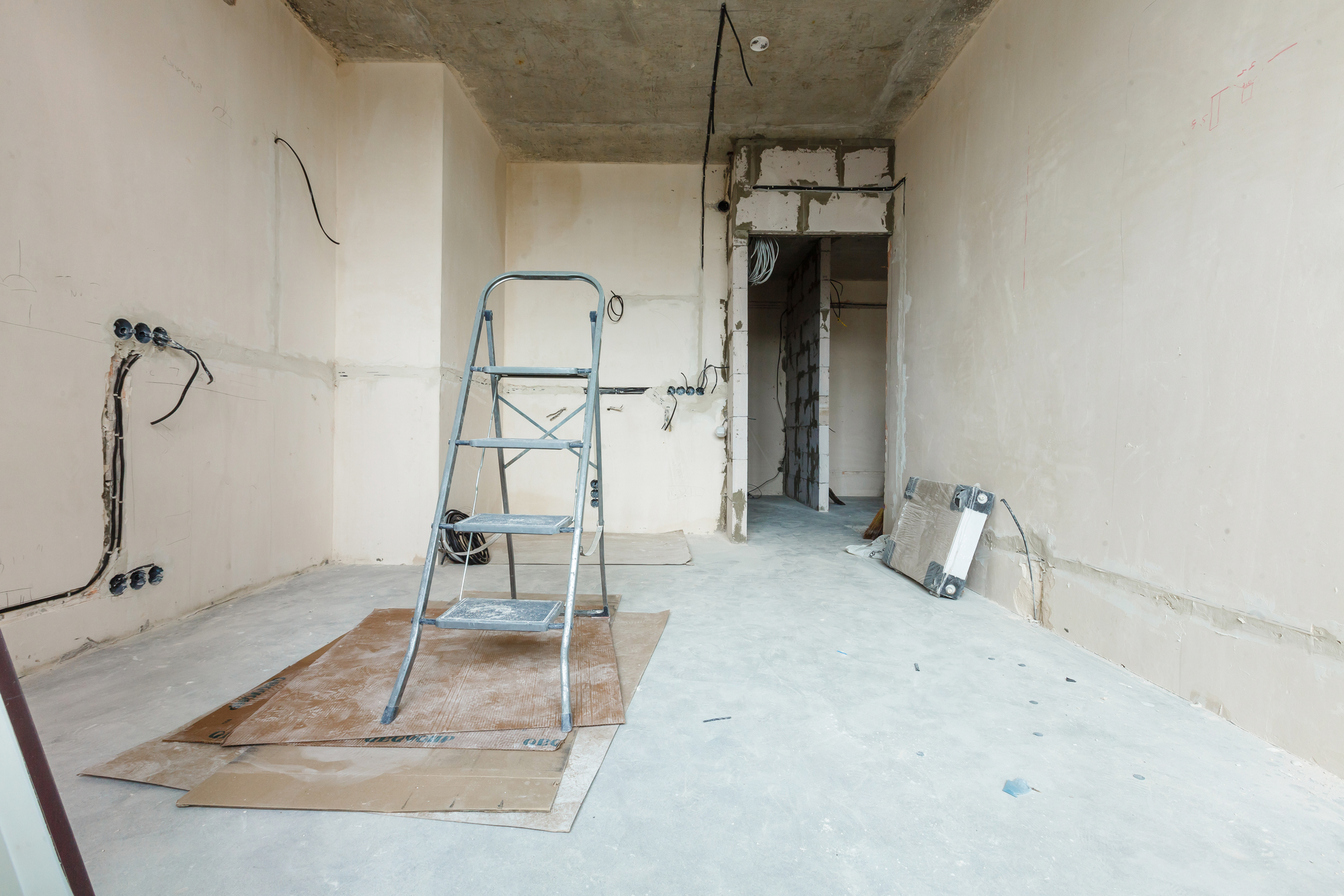As property values have increased in most major markets in Canada, investors continue to look for ways to enhance their ROI. One of the ways to do so is to increase the rent-to-price ratio (RPP) through increasing the rental income a property generates.
While there are various ways to do this, the buy/renovate/refinance/rent (BRRR) strategy has gained particular popularity in recent years as it enables investors to achieve exactly that.
While many investors understand the benefits of BRRR and know how to deploy it as a strategy, there is often a lack of understanding of what is involved from a financing standpoint to both enter and exit a deal.
Let’s identify some of the common financing traps associated with BRRRs and figure out how to avoid them.
TRAP 1: Taking a fixed rate
Many investors are opting for fixed rate mortgages, which are very attractive right now relative to variable rates. The problem when you take a fixed rate on a BRRR is that you are assuming you will be able to go back to that same lender and top up your loan or add a secured line of credit once the reno work is done.
Depending on how you (and the property) qualify and the guidelines of the lender you have locked in with, you may or may not be able to go back and refinance so soon after you are done the work. For example, some lenders require at least six months to elapse from the date you purchased the asset before they consider a refinance at the newly increased value. Some want to wait a year.
In some cases, your finances or the lender’s guidelines may change by the time you are done the renovation. If you have taken a fixed rate, you will either have to pay an often large penalty to move your file to another lender that can get it done or wait – and that comes with an opportunity cost or other holding costs that you did not plan for.
We always recommend taking either a variable or an open rate going into a BRRR.
TRAP 2: Making false assumptions around rate and down payments
Two misconceptions regularly doom BRRR deals: that all investors will qualify for financing with 20 percent down and that your rate going into the deal will be two-point-something.
With a BRRR in particular, the condition of the property plays a huge role in determining the type of financing you can obtain at acquisition. As an investor, you may have been pre-approved for a certain loan amount and terms, but until the lender sees the asset they will secure their money against, you can’t seal the approval terms.
It is one thing to buy a property that is dated but livable and requires some updating, perhaps even a secondary suite. But it is a completely different story to buy a property that requires gutting or has issues such as water damage, knob and tube wiring or foundational issues.
You may need 25 percent or more in down payment funds, and you may end up going to an alternative or even private lender (at higher costs of capital) versus working with a bank.
Always consult with your mortgage broker regarding the condition of the property before going firm on a deal. Ideally, allow for a visit from the appraiser to avoid any surprises. Until the lender sees the property and reads the appraisal report, you can’t seal the financing terms. Unless you are prepared for a private mortgage, do not go firm.
TRAP 3: Expecting max equity too soon
The power of a BRRR done right is the forced appreciation a property often experiences upon the completion of the work.
As mentioned in Trap 1, even when the value has appreciated and you qualify, some lenders will not allow you to extract equity so soon. Therefore, it is important to do your homework upfront and have your broker validate your exit strategy financing assumptions by confirming a couple of things for you upfront, including:
- How much will you be able to take out in funds upon completion, taking into consideration: the after-reno value, increased rents, the property’s location, your lending ratios, the legality of the units and the guidelines of the lender you will initially finance your deal with
- If you are using private financing to acquire the property, how much leverage should you go with? And will you be able to gain enough lift in value and qualify to pay back the private loan once the work is done?
TRAP 4: Thinking that renovations can be rolled into the loan
A very common question that we get is whether or not a lender can roll the renovations into the mortgage. While this may be possible with private loan financing arrangements, which are set up like construction financing loans, such an arrangement is not possible with institutional lenders.
The closest thing to getting renovation capital with banks is the purchase-plus-improvements product, where the lender approves you upfront for the mortgage plus the improvements loan. But even with that product you will not get capital upfront to renovate the property. The lender expects you to renovate it from your own resources, and only once the work is done, will they release back to you 80% of the renovation capital that you were approved for upfront. They often give you three months to complete the job.

Technically, the bank is financing the renovations. But in reality, they are advancing the capital once the work is done.
For an investor, a purchase-plus-improvements product works best for a property that does not require a major renovation and where the lift in value in not expected to significantly exceed the amount of dollars invested to renovate.
For sources of capital to renovate, we often recommend secured/unsecured lines of credit as a first line of support as long as we are able to pay back the bulk, or all, of the outstanding balances at the time of a refinance.
Dalia Barsoum (MBA Finance) is an award-winning mortgage broker, real estate investor and finance advisor with over 20 years’ experience in the banking sector. Dalia is the winner of the CREW’s 2017 Mortgage Broker of the Year award and is a regular speaker and contributor on the topics of investing and financing. She is the best-selling author of Canadian Real Estate Investor Financing: 7 Secrets to Getting All the Money You Want”. To get in touch with Dalia for a complimentary consultation, email her at info@streetwisemortgages.com. To learn more about Streetwise Mortgages, visit www.streetwisemortgages.com
Dalia Barsoum is the founder of Streetwise Wealth, a boutique real estate wealth advisory firm, and Streetwise Mortgages, a multi-award-winning brokerage specializing in income property financing. Streetwise Mortgages is known as Canada's #1 small markets broker (AKA rental markets) as ranked by Canadian Mortgage Professionals.
The team at Streetwise Mortgages has funded over 1 billion dollars of mortgage volume and over 2700 mortgage transactions ranging from residential, multi-family, mixed-use, and other construction projects.
Dalia is the best-selling author of Canadian Investor Financing: 7 Secrets to Getting All The Money You Want, a columnist for Canadian Real Estate Wealth magazine and has been recognized as a Global 100 mortgage professional, one of Canada’s top 10 brokers, and a woman of influence.
Through strategic real estate financing advice, sophisticated deal structuring solutions, and access to an understanding of all the money tools and capital structures investors use to grow (private money, traditional mortgages, alternative mortgages, GP/LP structures, corporate capital structures, and joint ventures), Dalia and her team have helped thousands of Canadians kick start their real estate investment journey and take their portfolios to the next level while managing risk.








